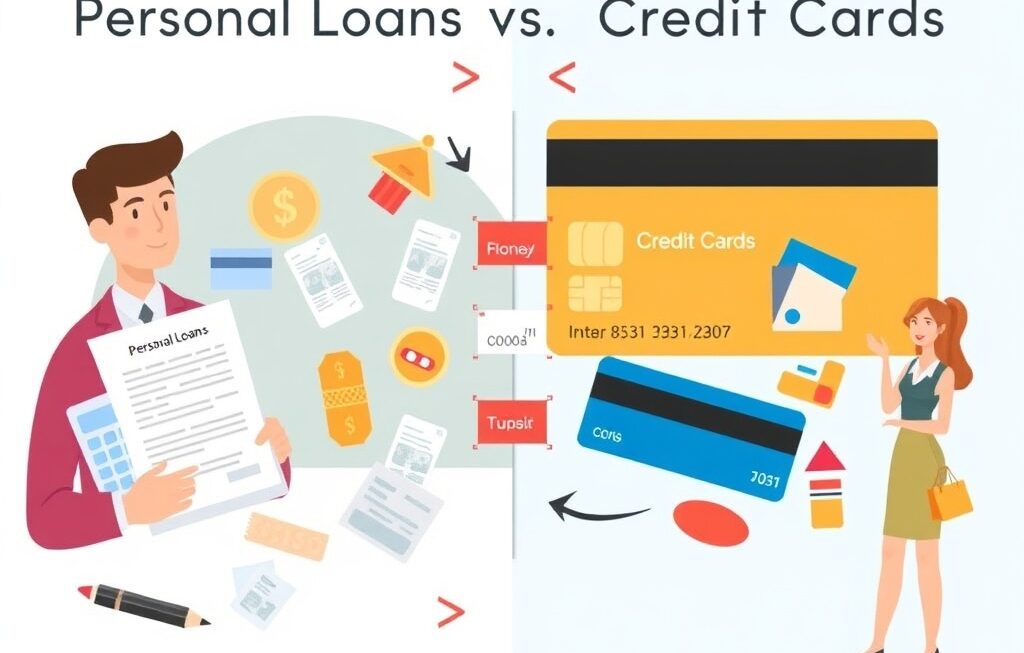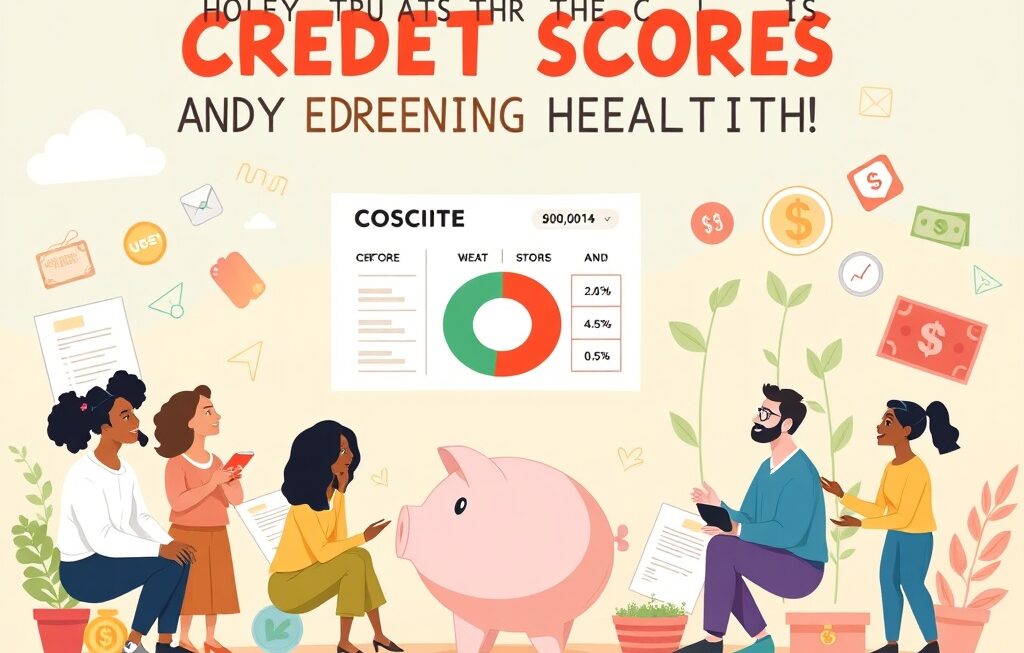Navigating the world of personal finance can feel like traversing a complex maze. Lenders and financial advisors throw around terms like APR, credit score, and debt-to-income ratio, and it’s easy to get lost in the jargon. One of the most critical metrics to understand, especially when applying for loans or mortgages, is your debt-to-income ratio. Understanding this ratio and how it impacts your financial health can be the key to unlocking better financial opportunities and building a secure future.
What is Debt-to-Income Ratio (DTI)?
Definition and Formula
Your debt-to-income ratio (DTI) is a simple calculation that compares your monthly debt payments to your gross monthly income. It’s expressed as a percentage and is a key indicator of your ability to manage your monthly debt obligations.
The formula for calculating DTI is:
- (Total Monthly Debt Payments / Gross Monthly Income) x 100 = DTI Percentage
- Total Monthly Debt Payments: This includes all recurring debt obligations such as:
Mortgage payments (including principal, interest, property taxes, and insurance – PITI)
Rent payments
Credit card payments
Student loan payments
Auto loan payments
Personal loan payments
Child support or alimony payments
- Gross Monthly Income: This is your total income before taxes and other deductions. It includes:
Salary or wages
Self-employment income
Investment income
Rental income
Social Security benefits
Pension or retirement income
Example of DTI Calculation
Let’s say Sarah has the following monthly expenses and income:
- Gross Monthly Income: $5,000
- Mortgage Payment: $1,500
- Credit Card Payments: $300
- Student Loan Payment: $200
- Auto Loan Payment: $400
Sarah’s total monthly debt payments are $1,500 + $300 + $200 + $400 = $2,400
Her DTI is calculated as: ($2,400 / $5,000) x 100 = 48%
Therefore, Sarah’s debt-to-income ratio is 48%.
Why DTI Matters
Lender Perspective
Lenders use DTI to assess the risk of lending you money. A lower DTI generally indicates that you have a healthy balance between debt and income, suggesting you’re more likely to repay the loan. A higher DTI suggests that you’re already carrying a significant debt burden and may struggle to manage additional debt.
- Risk Assessment: Lenders view a lower DTI as lower risk.
- Loan Approval: A favorable DTI increases your chances of loan approval.
- Interest Rates: Borrowers with lower DTIs often qualify for better interest rates, saving them money over the life of the loan.
- Loan Amount: A high DTI may limit the amount you can borrow.
Personal Financial Health
Beyond lending decisions, DTI is a powerful tool for understanding your overall financial health. It provides a snapshot of how much of your income is dedicated to debt repayment.
- Financial Stability: A low DTI contributes to financial stability and reduces stress related to debt management.
- Budgeting: Monitoring your DTI helps you identify areas where you can reduce debt or increase income, leading to better budgeting.
- Financial Goals: Managing your DTI allows you to pursue financial goals such as saving for retirement, investing, or purchasing a home.
Ideal DTI Ratios
There isn’t a single “ideal” DTI, as lender requirements can vary. However, here are some general guidelines:
- 36% or less: Considered a good DTI. You’re likely managing your debt effectively and have room for additional expenses or savings.
- 37% to 42%: Acceptable DTI. You’re managing debt adequately, but there’s less room for unexpected expenses or financial emergencies.
- 43% to 49%: Concerning DTI. You may be approaching your financial limits and should focus on reducing debt.
- 50% or higher: High DTI. You’re carrying a significant debt burden and may struggle to meet your financial obligations. This could make it difficult to qualify for new loans.
Keep in mind that these are just guidelines. Specific lender requirements will vary based on the type of loan, your credit score, and other factors.
Strategies to Improve Your DTI
Improving your DTI involves either reducing your debt or increasing your income. Here are some strategies to consider:
Reducing Debt
- Create a Budget: Track your income and expenses to identify areas where you can cut back on spending.
- Debt Snowball or Avalanche: Choose a debt repayment strategy to aggressively pay down your debts.
Debt Snowball: Focus on paying off the smallest debt first, regardless of interest rate, for quick wins and motivation.
Debt Avalanche: Prioritize paying off the debt with the highest interest rate first to save money in the long run.
- Consolidate Debt: Consider consolidating high-interest debt into a lower-interest loan or balance transfer credit card. This can simplify payments and potentially lower your overall interest costs. Be mindful of transfer fees.
- Avoid Taking on New Debt: Limit the use of credit cards and avoid taking out new loans until you have significantly reduced your existing debt.
Increasing Income
- Negotiate a Raise: Research industry standards and negotiate a raise at your current job.
- Find a Part-Time Job or Side Hustle: Explore opportunities to earn extra income through a part-time job, freelance work, or other side hustles.
- Sell Unused Items: Declutter your home and sell items you no longer need or use.
- Rent Out a Room or Property: If you have extra space, consider renting it out through platforms like Airbnb.
DTI and Mortgages
Impact on Mortgage Approval
DTI is a crucial factor in mortgage approval. Lenders will assess your DTI along with your credit score, down payment, and employment history to determine your eligibility for a mortgage.
- Conventional Loans: Generally prefer a DTI of 43% or less.
- FHA Loans: May allow for higher DTIs, but often require mortgage insurance.
- VA Loans: Don’t have a specific DTI limit, but lenders will still evaluate your ability to repay the loan.
Front-End vs. Back-End DTI
In the context of mortgages, lenders often consider two types of DTI:
- Front-End DTI (Housing Ratio): This compares your monthly housing expenses (PITI) to your gross monthly income.
- Back-End DTI (Total DTI): This is the overall DTI that includes all monthly debt payments, including housing expenses.
Lenders typically pay closer attention to the back-end DTI, as it provides a more comprehensive picture of your debt obligations.
Conclusion
Understanding and managing your debt-to-income ratio is essential for both your short-term and long-term financial health. Whether you’re aiming to qualify for a mortgage, reduce financial stress, or achieve your financial goals, proactively addressing your DTI is a smart move. By implementing strategies to reduce debt and increase income, you can improve your DTI, open doors to better financial opportunities, and build a more secure financial future. Take the time to calculate your DTI, assess your current situation, and implement the strategies outlined above to gain control of your finances and achieve your dreams.



